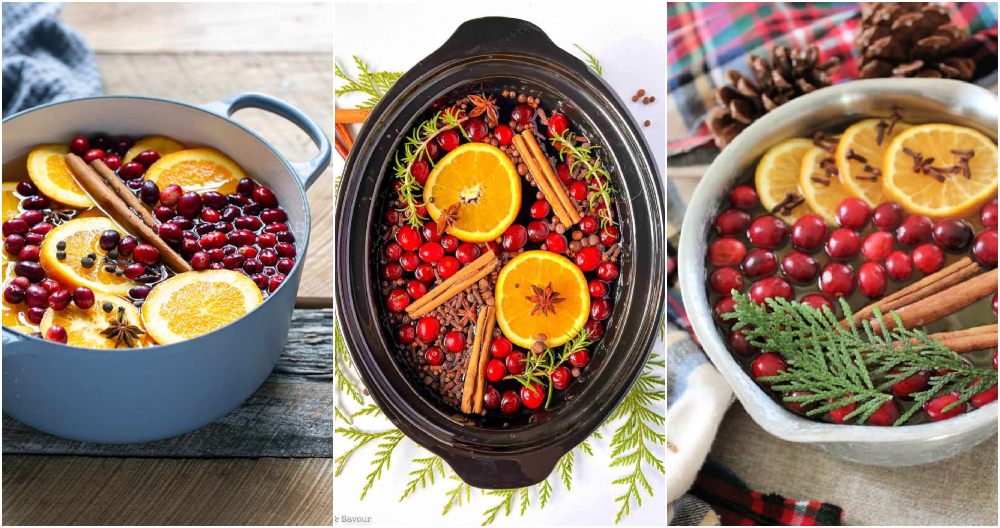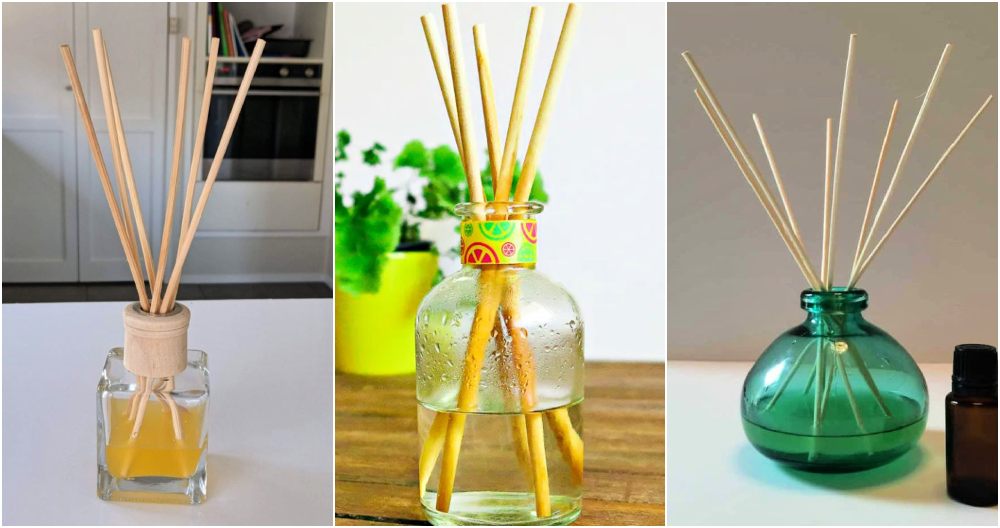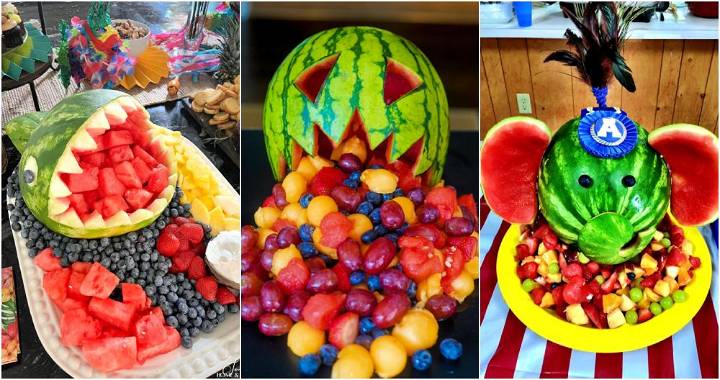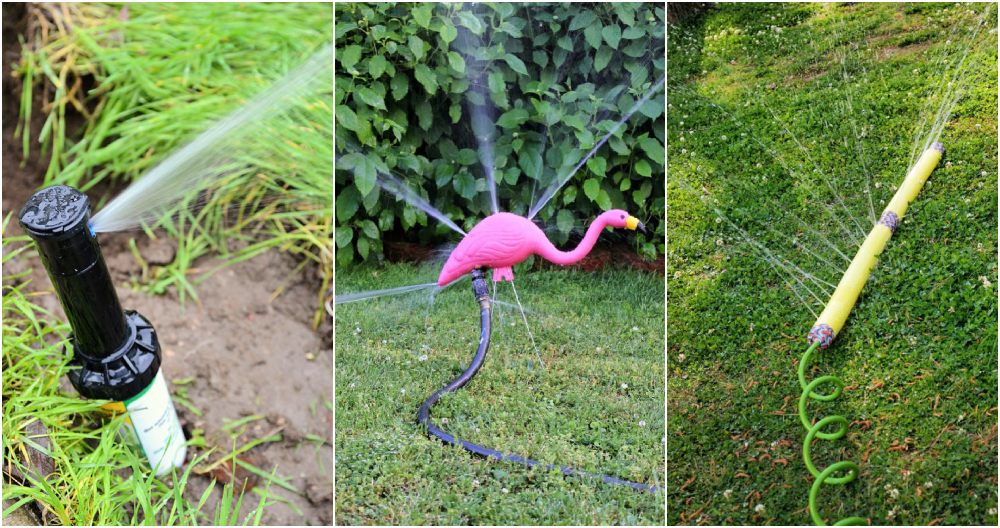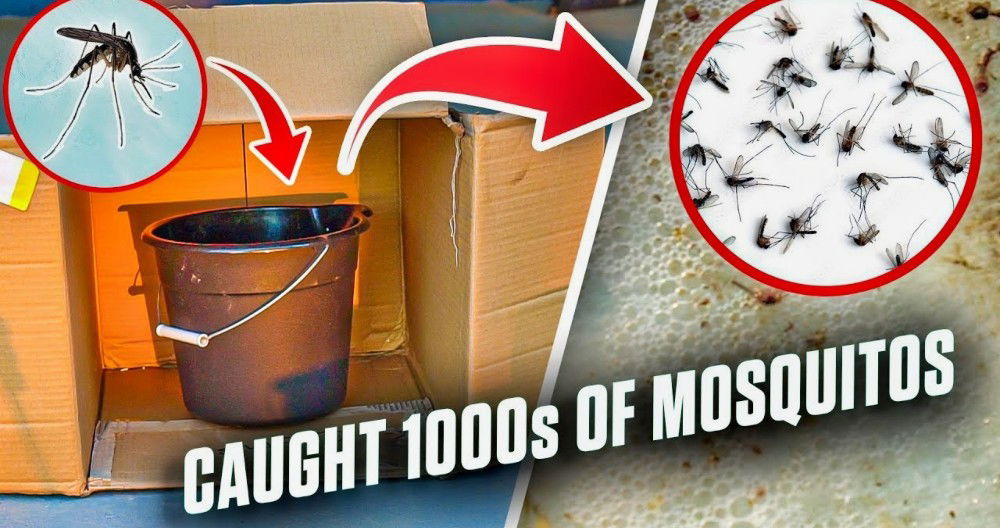Mastering the use of chopsticks is an essential skill for enjoying a wide range of cuisines, and who better to guide you than Jet Tila? This step-by-step guide will provide you with the fundamental knowledge necessary to confidently pick up and use chopsticks. From setting the right grip to maneuvering food effortlessly, each section is designed to help you become proficient with this dining tool.
Exploring the cultural significance of chopsticks, their varied styles, and materials, alongside etiquette tips and common challenges, enriches the learning experience. Jet Tila's expert insights offer a unique perspective, making this guide not just practical but also deeply engaging. Get ready to dive into the details in the next section and unlock a key culinary skill that will enhance your dining adventures.
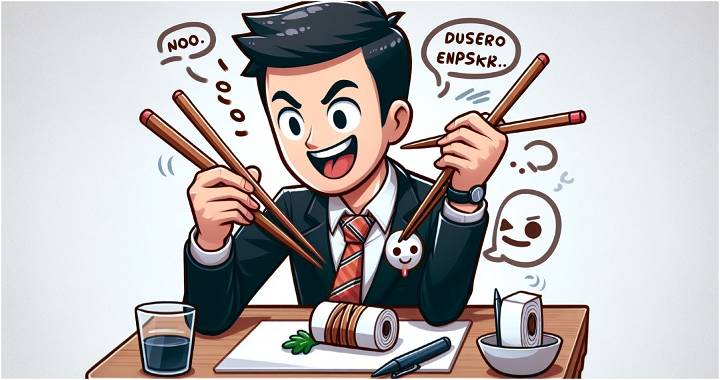
Getting Started with Chopsticks
- Hold the First Chopstick Like a Pencil: Begin by placing the first chopstick between your thumb, index, and middle fingers. This positioning is similar to how you would hold a paintbrush or pencil.
- Positioning the Second Chopstick: Slide the second chopstick into the gap that rests between your hand and the first chopstick. It should sit securely, supported by your ring finger. The bottom chopstick stays stationary, serving as the foundation for your grip.
- Mastering the Grip: With the first chopstick positioned like a pencil and the second chopstick resting securely, ensure that the tips of both chopsticks are even. This alignment is crucial for picking up food efficiently.
- Moving Chopsticks: The magic happens when you move the upper (pencil-grip) chopstick down towards the stationary one. This movement allows you to pinch and lift food. Remember, the bottom chopstick remains fixed - your thumb, index, and middle fingers should do all the work.
- Practicing Your Skills: Now that you have the basic motion down, practice picking up different objects. Start with something simple and less slippery, like pieces of fruit or vegetables, before moving on to more challenging items like slippery noodles or small grains of rice.
Common Mistakes to Avoid
- Avoid Crossing Chopsticks: They should remain parallel to each other for optimal control and to properly pick up food.
- Don't Squeeze Too Hard: Using chopsticks is about balance, not force. Gripping them too tightly can make it harder to manipulate them.
- Keep Them Even: Ensure the tips of the chopsticks are level with each other for easier picking.
Practice Makes Perfect
Mastering chopsticks requires patience and practice. Don't be discouraged if you don't get it right immediately. Everyone learns at their own pace, and the key is to keep practicing. Try using chopsticks whenever you have the chance, and you'll find yourself getting more comfortable over time.
Video Tutorial
For a step-by-step video tutorial on how to use chopsticks, check out Jet Tila's demonstration on Food Network's YouTube channel at How to Use Chopsticks with Jet Tila | Food Network.
This video pairs well with our written guide, providing a visual view of the techniques discussed in a clear and easy-to-understand manner. Watching Jet Tila in action can help reinforce the steps outlined in this guide and give you confidence in your chopstick skills.
By following these tips and giving yourself plenty of time to practice, you'll be using chopsticks like a pro in no time. Happy dining!
Cultural Significance of Chopsticks
Chopsticks have been a staple utensil in many Asian cultures for thousands of years. Originating in China as early as 1200 B.C., they reflect a history rich with cultural significance and culinary tradition. Unlike Western cutlery, chopsticks are not just tools for eating but are deeply embedded in social customs and etiquette.
Common Challenges and Solutions
Learning to use chopsticks can be challenging for beginners. Here are some common issues and their solutions:
- Holding Chopsticks Correctly: Many struggle with the proper grip. Hold the first chopstick like a pencil, resting it on your ring finger. Place the second chopstick between your thumb and index finger, using it as the movable stick to grasp food.
- Coordination: If you find it difficult to maneuver both sticks, practice picking up larger objects before moving on to smaller ones. This helps build the necessary muscle memory and coordination.
- Slipping and Dropping Food: This often happens when the chopsticks are held too loosely or too tightly. Aim for a firm, but relaxed grip and use the tips of the chopsticks to secure the food better.
Chopstick Etiquette Tips
Chopstick etiquette varies across different cultures. Here are some general tips to follow:
Do Not Spear Food: Avoid using chopsticks to impale food. It’s considered rude and improper. Instead, use them to pinch and lift the food.
Resting Your Chopsticks: When not in use, place your chopsticks on a chopstick rest or horizontally on your plate or bowl. Do not stick them vertically into your food, as this resembles incense sticks used in funerary rites and is seen as inauspicious.
Passing Food: Never pass food directly from your chopsticks to someone else’s, as this is reminiscent of a funeral tradition. Instead, place the food on a plate before passing it.
By understanding the cultural significance, overcoming common challenges, and following proper etiquette, you’ll be able to use chopsticks effectively and respectfully in any setting. 🥢✨
Chopstick Styles and Materials
Chopsticks come in various styles and materials, each with its own characteristics and uses. Understanding these differences can enhance your dining experience and appreciation for this versatile utensil.
Chinese Chopsticks: Typically longer and thicker, with squared or rounded bodies and blunt ends, they are ideal for reaching into deep pots and picking up larger pieces of food.
Japanese Chopsticks: Often shorter and more pointed, they are perfect for delicate tasks like picking up small pieces of sushi or sashimi.
Korean Chopsticks: Usually made of metal, they are flat and have small grooves at the tips for better grip. They’re durable and hygienic, commonly used in Korean cuisine.
Materials:
- Bamboo: Lightweight and inexpensive, bamboo chopsticks are the most common. They offer a good grip and are eco-friendly.
- Wood: Durable and often beautifully decorated, wooden chopsticks can be a work of art in themselves.
- Metal: Typically stainless steel, metal chopsticks are sleek, easy to clean, and long-lasting.
- Plastic: Often used in restaurants for their durability and ease of cleaning, though they can be slippery.
Expert Insights
Gaining insights from culinary experts like Jet Tila can deepen your understanding of using chopsticks. Here are some expert tips:
- Proper Technique: Jet Tila emphasizes the importance of the proper technique for holding and maneuvering chopsticks, which can affect the taste and enjoyment of the meal.
- Cultural Respect: Understanding the cultural nuances associated with chopstick use in different Asian cuisines is crucial. It’s not just about functionality but also showing respect for the traditions.
- Practice Makes Perfect: Even experts had to start somewhere. Regular practice is key to becoming proficient with chopsticks, and it’s a skill that can enhance your dining experiences across various Asian cuisines.
Exploring the different styles and materials of chopsticks and considering expert insights will equip you to choose the right chopsticks for any meal and use them with confidence and respect.
Conclusion
In conclusion, mastering the art of using chopsticks can greatly enhance your dining experience, especially when guided by culinary expert Jet Tila. Starting with the basics and advancing through common mistakes, practice tips, and embracing cultural insights enriches not only your skill but also your appreciation for this dining tradition.
From etiquette tips to understanding different chopstick styles and materials, this step-by-step guide aims to provide you with a comprehensive learning journey. Dive into the how to use chopsticks with Jet Tila: step by step guide and convert dining encounters into meaningful cultural experiences. Plus, with added resources like video tutorials and expert insights, you're equipped to tackle any chopstick challenge that comes your way.




